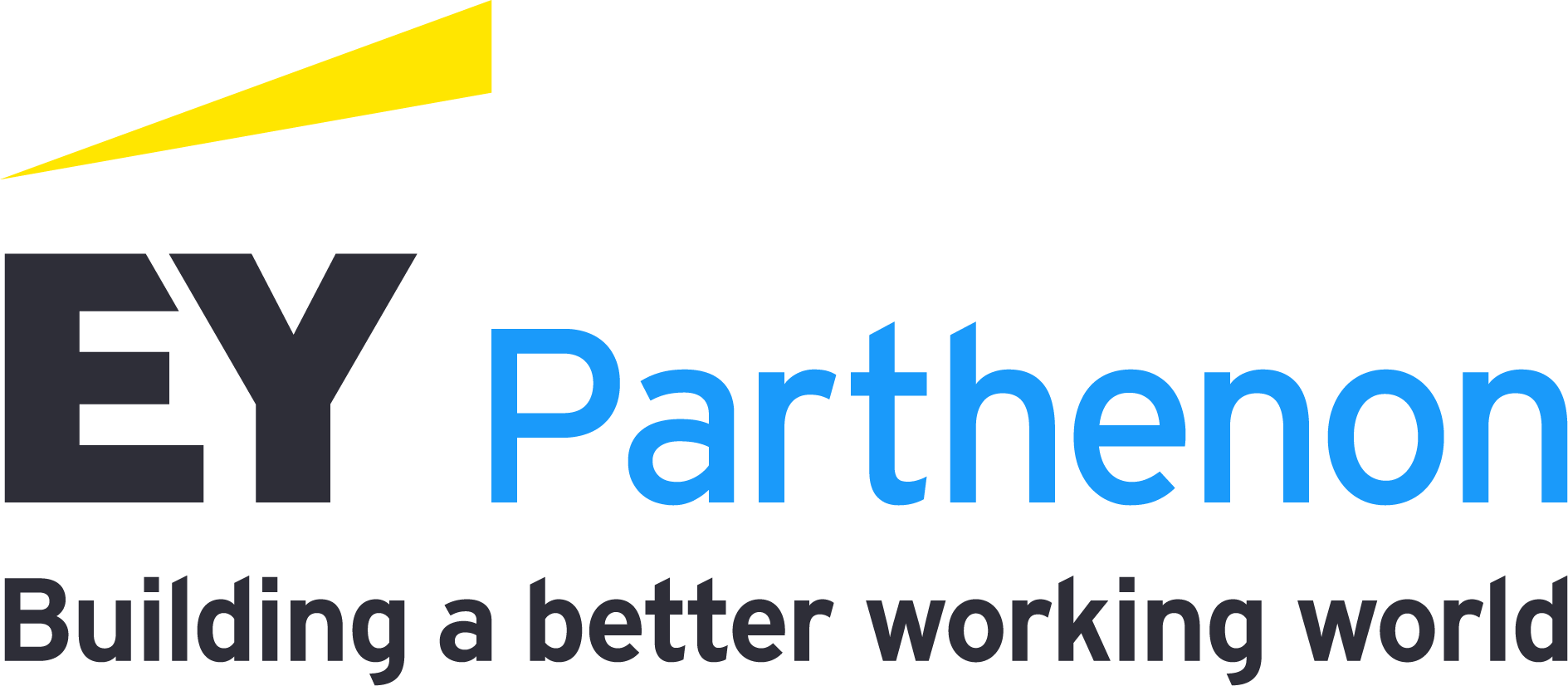Specific activities that will lay the right foundation include developing guiding principles for integration, defining and creating a target-state operating model, instilling governance mechanisms, conducting synergy pipeline reviews, qualifying future opportunities and identifying target customers. These activities will become the backbone of how the future business will operate and where the revenue synergies and future growth will originate.
How to realize M&A revenue synergies
Realizing deal synergies is easier said than done. Key factors include:
Extending commercial due diligence to include go-to-market diligence
Understanding each company’s customer base, GTM structure and channel performance will help refine the business case during the pre-deal phase. It will also give a head start during the post-deal phase to develop a strong integration and GTM strategy up front.
Starting early
Starting early and using a clean room can help drive clarity across sales channels, align back-office processes to avoid potential customer experience issues, establish an execution roadmap and improve the employee experience through enhanced communication and collaboration.
Analyzing synergy sources and targets
The revenue synergy sources and targets should drive the integration strategy and combined operating model. Companies should determine which synergies offers the most value and accordingly develop internal stretch targets to increase the likelihood of achieving the synergy targets. Targets for the transactions team should be around 20%–30% greater than publicly stated goals.
Developing a synergy realization and execution plan
A business case for achieving revenue synergies should include the level of time, effort and investment required to get there. Companies can use quick wins to avoid losing momentum post-close and to keep the GTM team focused and engaged. They should also implement a robust tracking process to measure the success post-close.
Making ownership clear
This can drive cross-channel collaboration, including among sales teams, to execute on revenue opportunities identified during the pre-sign phase and improve synergy performance by focusing leadership attention, cross-selling and rapidly mobilizing alliance partnerships.
Improving productivity and morale
Make sales teams invested in success by designing unified performance metrics and aligning incentives and sales motions or steps required to sell a product, driving effective onboarding, improving cultural compatibility and aligning personal success to synergy targets.
Focusing on revenue synergies going forward
Realizing target revenue synergies during M&A integration, particularly with respect to digital acquisitions, requires companies to spend the time upfront to design revenue synergies, develop a thoughtful implementation approach, and establish a synergy realization plan that is aligned with the deal thesis.
Companies need to carefully consider multiple revenue levers that are often linked to each other and take actions such as enabling cross-selling, driving collaboration among sales teams, mobilizing alliance partnerships, and improving morale. Failing to focus on revenue synergies can mean a deal that once looked promising is now viewed as a frivolous misadventure that failed to meet market expectations, led to lost opportunities and missed financial goals.









